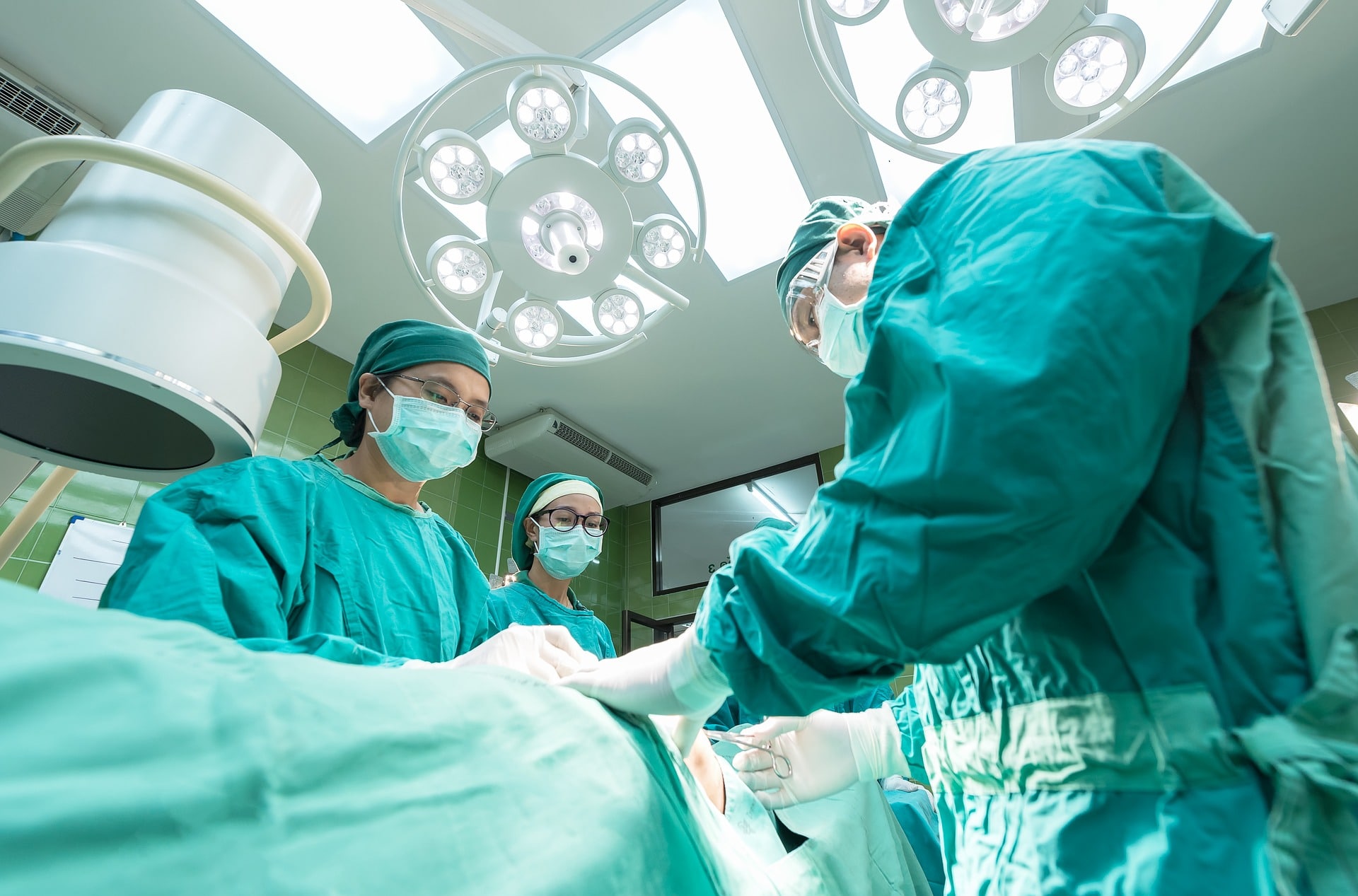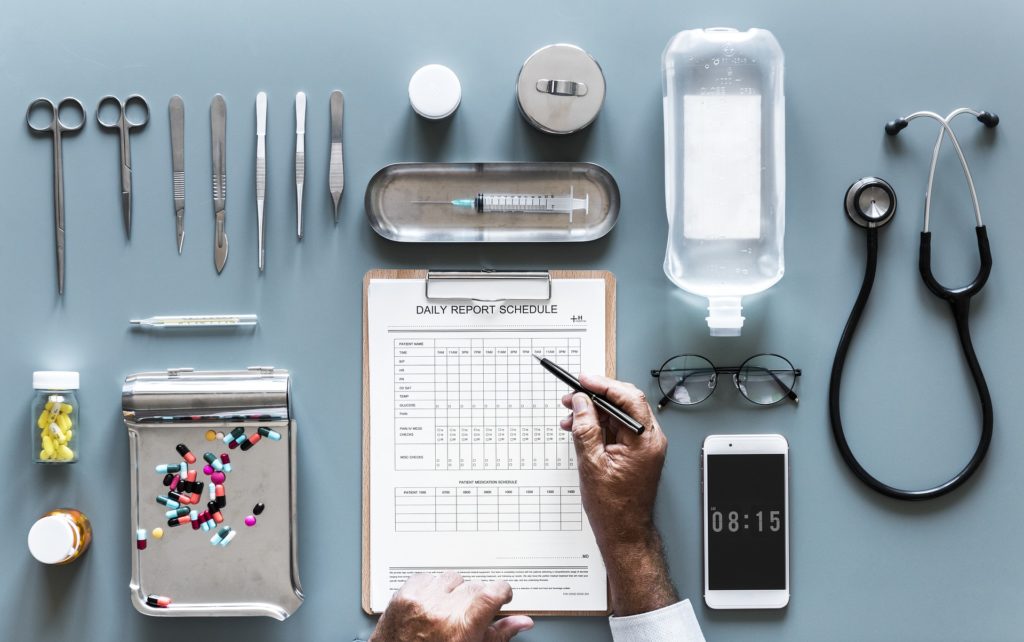Heart Disease: Symptoms & Treatment

When people say heart disease, they most often refer to coronary heart disease. However, there are many other types of heart disease that you should be aware of. Additionally, we often hear the term cardiovascular disease; you should know that not all cardiovascular diseases are heart diseases. Below, we will list the most common types of heart disease, their symptoms and treatment.
Coronary heart disease
Otherwise known as coronary artery disease, it occurs when there is a plaque buildup in our arteries. This makes them more narrow which restricts blood flow and deprives the heart of oxygen. If a plaque ruptures, a blood clot could stop the blood supply to the heart, which can cause a heart attack.
Symptoms
The most common symptom is chest pain or angina. This is usually described as pressure, heaviness, fullness, burning, numbness, aching, squeezing. Sometimes, it is mistaken for heartburn or indigestion. Besides the chest, it can be felt in arms, neck, shoulders, back and jaw. Other symptoms include palpitations, a faster heartbeat, dizziness, sweating, nausea and shortness of breath.
Treatment
A doctor can diagnose you after learning about your symptoms, risk factors and medical history. There are various diagnostic tests that can be performed to determine the extent of your disease and the best treatment. You might need to make lifestyles changes, such as quitting smoking, avoiding processed foods and introducing a low-sugar, low-salt, low-trans-fat diet. You should also exercise regularly but consult with your doctor to see which program would be best to follow. Additionally, medications might be necessary. It all depends on your diagnosis but aspirin, statin and PCSK9 inhibitor are some of the drugs that have helped decrease the risk of heart attack and stroke in people.
Arrhythmia

Having arrhythmia means that you have an irregular heartbeat. If your heart is beating too slow, that is called bradycardia, and if it’s too fast, you have tachycardia. This disease can be harmless but it might also be cause for concern.
Symptoms
Seeing as how some arrhythmias are silent, you might not notice any symptoms. However, if you do notice something, it can include palpitations, lightheadedness, pounding in your chest, shortness of breath, fatigue, chest pain and fainting.
Treatment
By taking your pulse, a doctor can find an irregular heartbeat. Sometimes, to restart a normal rhythm, a person has to be delivered an electrical shock while under anesthesia; this is called cardioversion. Additionally, you might need a pacemaker implanted. If you live in Australia, you can easily find a reliable cardiologist in Sydney who is the right person for that job. Additionally, ablation and defibrillation can also help with heartbeat irregularities. Some cases require heart surgery.
Congenital heart disease
This occurs when a person is born with a heart issue. This condition can be very serious. Its cause is often unknown, but it can be genetic, environmental or a combination of both.
Symptoms
Sometimes, it happens that the person does not experience any symptoms. However, if you do, it is often shortness of breath. When it comes to children and infants, they might experience lung infections, fast breathing and poor feeding, poor weight gain, a bluish tint to the skin, lips and fingernails.
Treatment
If a person happens to have congenital heart disease, they will have to visit a heart specialist regularly. They might need medication, surgery or no treatment at all. Medication includes digoxin (to strengthen the contractions) and diuretics (to eliminate water). Lifelong specialized care is usually necessary for most patients.
Heart valve disease
A heart has four valves that make sure blood always flows how it’s supposed to and that there is no backward leakage. This disease occurs when the valves are not working properly.
Symptoms
The symptoms do not always reflect the seriousness of the condition. Showing no symptoms can sometimes require a prompt reaction while some noticeable symptoms may not be significant at all. The symptoms can include weakness or dizziness, palpitations, shortness of breath, as well as rapid weight gain and swelling of feet, ankles and abdomen.
Treatment
This disease can be diagnosed with a physical exam followed by a few diagnostic tests. Conducting these tests over time can let a doctor see how the disease is progressing and what the treatment should be. Medication includes beta blockers, anticoagulants, diuretics, ACE inhibitors, vasodilators and anti-arrhythmic medications. Moreover, the valves can be repaired or replaced with surgery.
There are many other types of heart disease, such as enlarged heart and heart muscle disease. In case you ever find yourself in a situation where you notice any of these symptoms, make sure you contact your physician immediately.
